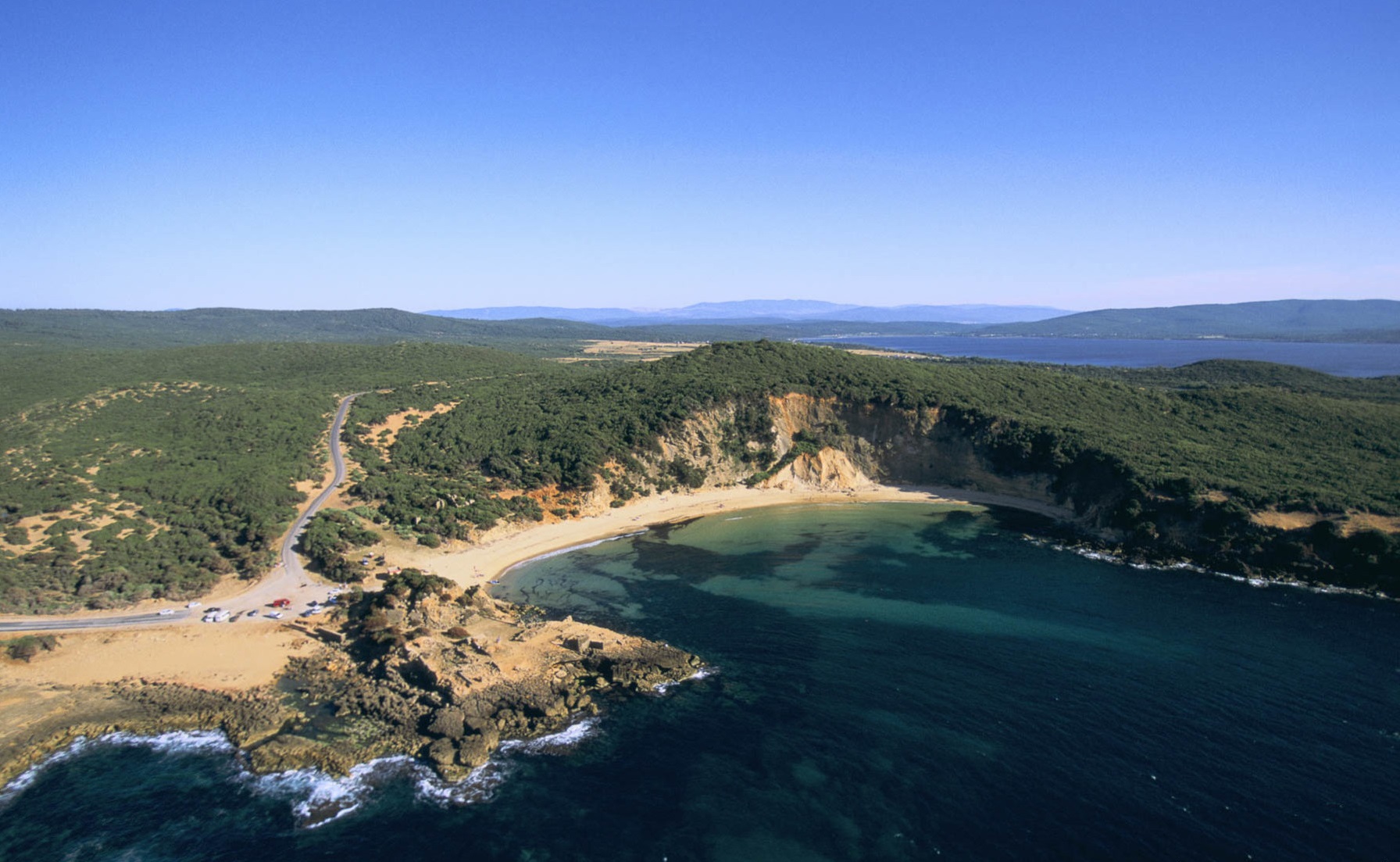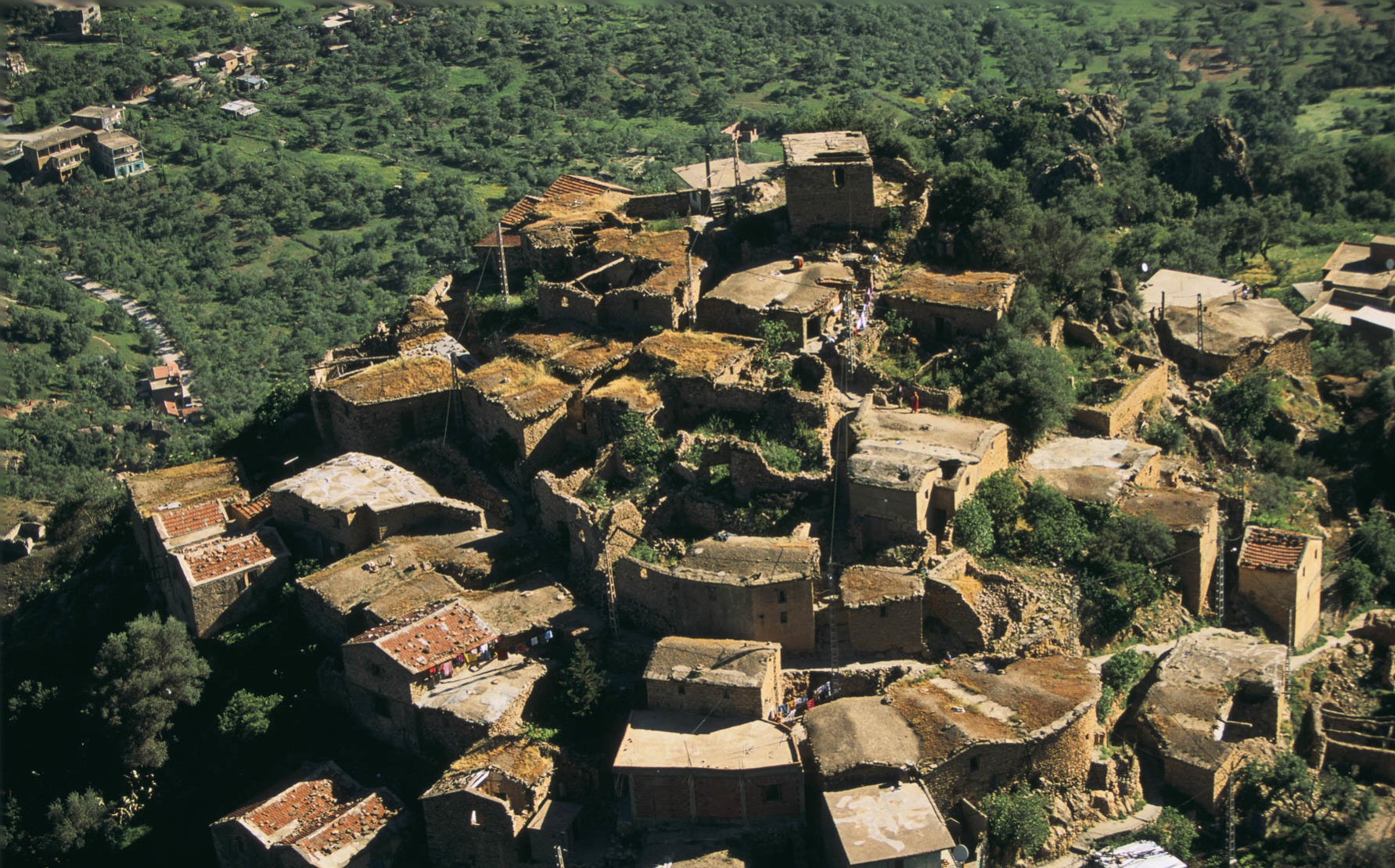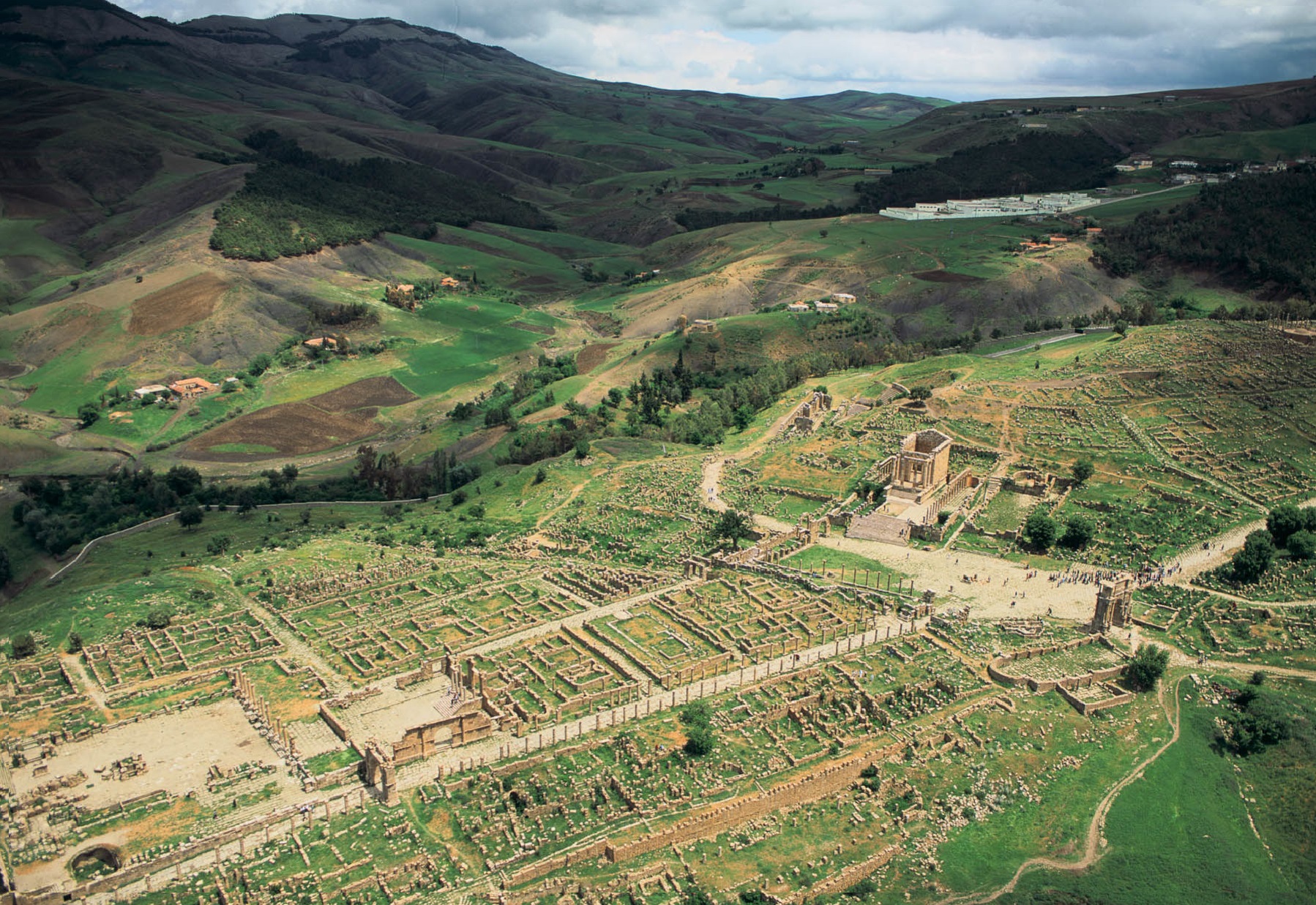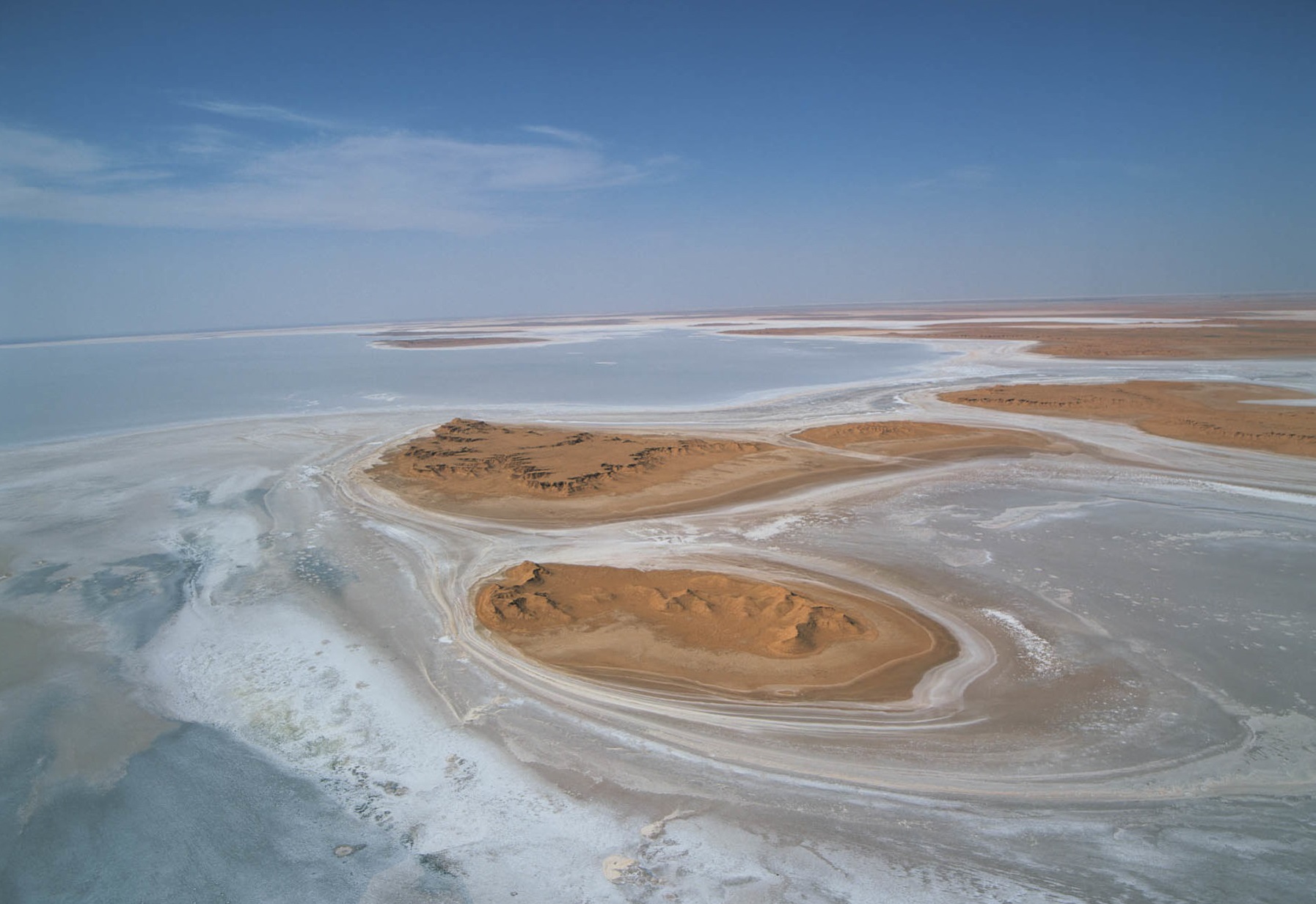200 000 years of history
Although there is uncertainty about some factors, Aïn el-Hanech (in Algeria) is the site of one of the earliest traces of hominin occupation in north Africa. Somewhat later but better-attested is site at Ternifine (near Tighenif, Algeria). Hand axes associated with the hominin Homo erectus have been found at Ternifine, has produced evidence of the same hominin dating to at least 200,000 years ago





